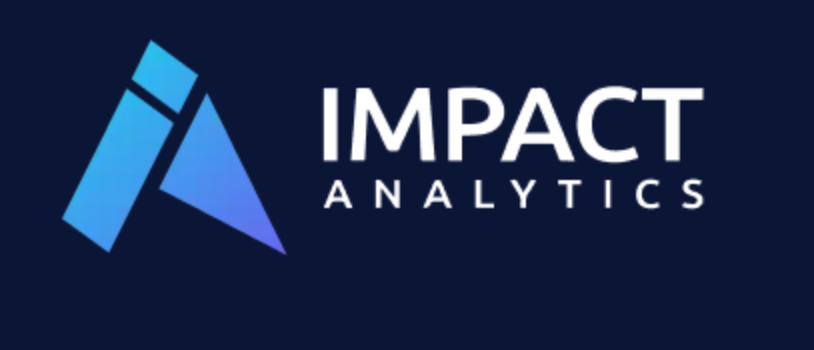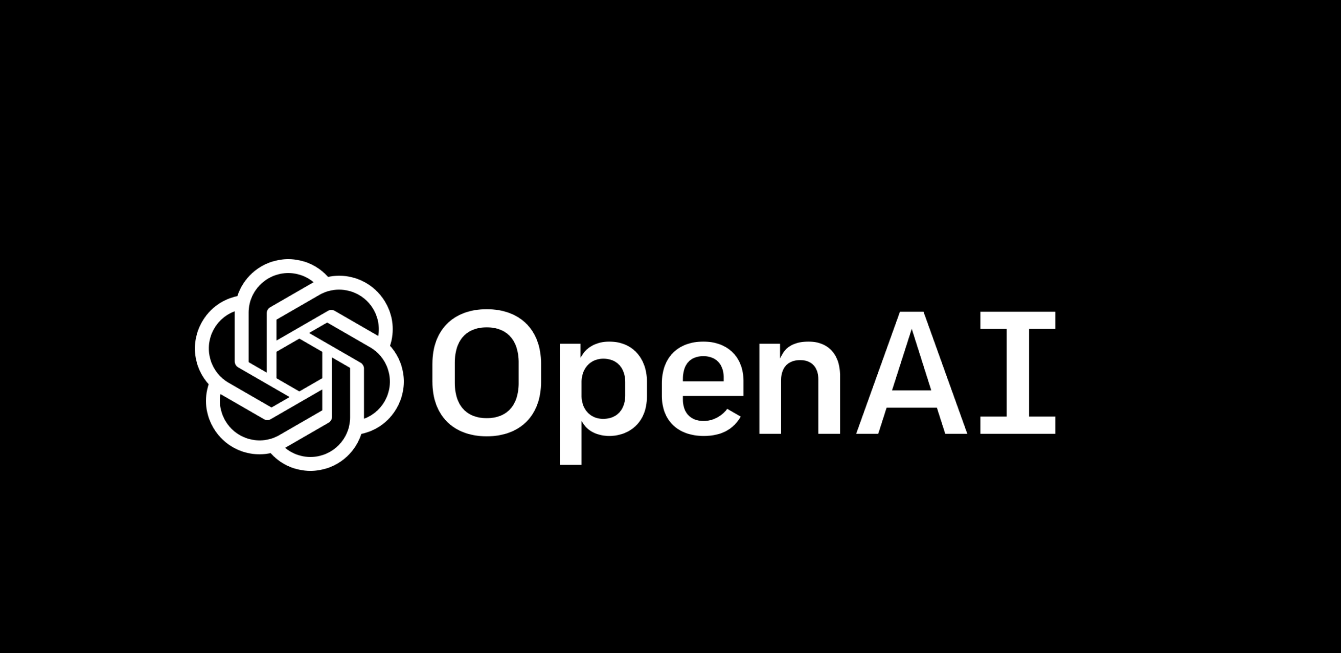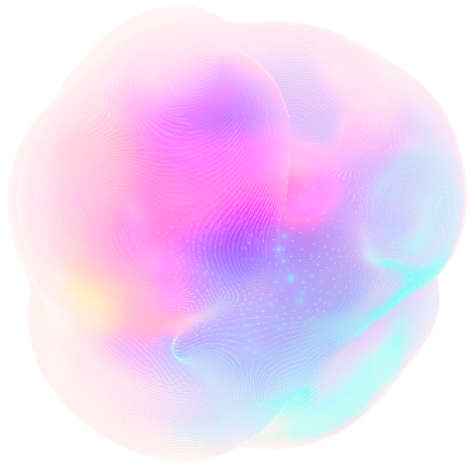Insider Brief
- Experts project that agentic AI are a central component of a future multi-trillion dollar market, but what exactly are AI agents?
- Agentic AI, defined by its ability to observe, reason, plan, and act autonomously, represents a leap from generative AI by integrating logic and real-world tool interactions.
- While poised to transform industries from customer support to travel assistance, AI agents face challenges in bias, security, and scalability, requiring careful development to realize their full potential.
Speaking at the CES trade show, NVIDIA CEO Jensen Huang said agentic artificial intelligence (AI) will be part of a multi-trillion dollar market.
The next AI revolution may be even bigger than the current generative AI-powered one — which means it will be massive.
“It started with perception AI — understanding images, words, and sounds. Then generative AI — creating text, images and sound,” Huang said, adding that we’re entering the era of “physical AI, AI that can proceed, reason, plan and act.”
But what exactly is this agentic AI?
AI agents represent a transformative leap in artificial intelligence. Unlike standalone generative AI models, agents combine reasoning, logic, and tool integration to perform complex, real-world tasks autonomously. According to Google’s white paper Agents, these systems are more than just models — they are practical applications capable of observing their environment, reasoning about tasks and executing actions to achieve specific goals.
This guide explores the components, applications, and future potential of AI agents, setting the stage for their growing role in solving real-world challenges.
What Are AI Agents?
AI agents are considerably different than many of the AI services and tools we currently interact with, such as ChatGPT. AI agents are applications designed to achieve specific objectives by autonomously observing the environment and taking appropriate actions. They use tools to access external information or perform tasks beyond the capabilities of their foundational models. Unlike traditional models that depend solely on pre-existing training data, agents can interact with the real world through APIs, databases, or external systems. For instance, an AI agent could assist users by booking flights via the Google Flights API or retrieving live weather updates for tailored travel recommendations.
These agents are proactive, often making decisions independently, even in the absence of explicit human instructions, as long as their goals are well-defined.
Core Components of AI Agents
The white paper identifies three foundational components that underpin the functionality of AI agents.
The first is the model, which serves as the centralized decision-maker for the agent. These models use reasoning frameworks like ReAct, Chain-of-Thought, or Tree-of-Thoughts to enable step-by-step problem-solving. They can be general-purpose, multimodal, or fine-tuned, ensuring they meet the needs of specific applications.
The second component is the tools, which allow agents to interact with external systems and overcome the limitations of traditional models. Extensions, functions, and data stores are critical tools that enable agents to integrate with APIs, manage client-side executions, and retrieve dynamic, real-time data.
Finally, the orchestration layer governs the agent’s reasoning cycle. It structures input processing, planning, and decision-making, helping agents refine actions and achieve tasks efficiently. Together, these components make AI agents powerful tools for tackling complex problems.
Tools: The Keys to External Interaction
AI agents overcome the limitations of traditional models through tools that enable external interaction.
Extensions, for example, act as bridges between agents and APIs, standardizing how agents execute tasks like retrieving flight information or managing customer data.
Functions shift execution control to the client side, making them ideal for applications requiring strict security or asynchronous processing.
Data stores, then, act as repositories of structured and unstructured data, enabling agents to incorporate real-time information into their outputs. This capability is vital for retrieval-augmented generation (RAG), allowing agents to generate well-informed responses.
Practical Applications of AI Agents
AI agents have demonstrated significant potential across various industries. This cross-industry capability is the reason for much of the trillion dollar speculation about these agents.
In customer support, for instance, agents can access live customer data to provide tailored assistance, improving response times and accuracy.
As mentioned, travel assistance is another key area, where agents integrate tools like the Google Places API to recommend destinations, create itineraries, and assist with bookings based on user preferences.
It also should be noted that development support has been revolutionized through open-source libraries like LangChain, which simplify agent prototyping and facilitate experimentation with multi-step queries and reasoning frameworks.
Enhancing Agent Performance
AI agents rely on various learning techniques to enhance their performance and versatility. The white paper outlines three approaches:
- In-Context Learning: This allows agents to adapt to tasks using prompts and examples during inference. For instance, the ReAct framework provides a structured way for agents to reason and take actions on the fly.
- Retrieval-Based Learning: Dynamically populating the agent’s reasoning process with relevant external data and examples, as seen in retrieval-augmented generation (RAG), enhances accuracy.
- Fine-Tuning: Involves training agents on specialized datasets to ensure greater precision and reliability in high-stakes applications.
Together, these techniques enable AI agents to tackle diverse and complex tasks effectively.
Real-World Implementation: Vertex AI Agents
Google’s Vertex AI platform offers a managed environment for deploying production-ready agents. Vertex Agent Builder simplifies agent configuration by allowing developers to define goals, tools, and sub-agents. Evaluation frameworks facilitate iterative testing and performance refinement, while debugging tools optimize reasoning processes and address edge cases.
This platform ensures that developers can focus on creating robust agents while Google handles the complexities of infrastructure, deployment, and maintenance.
Challenges and Ethical Considerations
While AI agents offer transformative potential, their implementation raises several challenges.
Bias in decision-making remains an ongoing concern, as developers must ensure that agents do not inadvertently perpetuate harmful stereotypes. Security is another critical issue, as protecting sensitive data accessed by agents during operations is paramount. Finally, scalability poses a challenge, as customizing agents for diverse applications requires iterative experimentation and refinement. Addressing these issues is vital to realizing the full potential of AI agents.
Future Directions
The white paper envisions exciting advancements in AI agents, including:
- Agent Chaining: This approach combines specialized agents, each optimized for a specific domain, into collaborative systems capable of solving multifaceted problems.
- Enhanced Reasoning Frameworks: Techniques such as Tree-of-Thoughts and multimodal Chain-of-Thought are expected to further expand agent capabilities, enabling more nuanced decision-making.
These advances could revolutionize industries and enable agents to tackle increasingly nuanced decision-making tasks.






